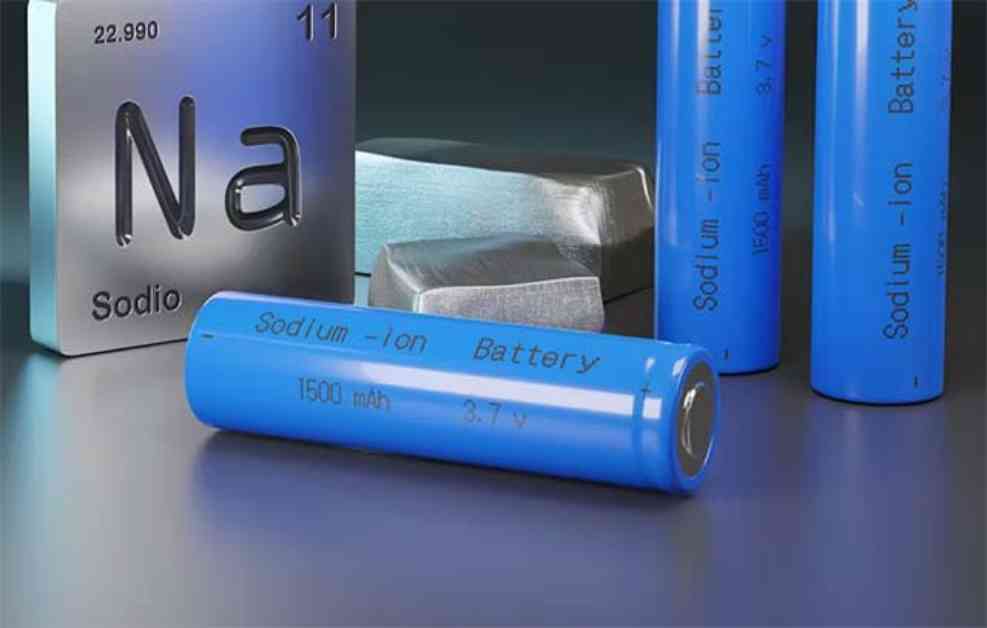Lithium-ion batteries have been the top choice for powering electric vehicles and storing renewable energy for the electric grid. However, with the increasing demand for these batteries, there are concerns about lithium supply shortages in the next five to 10 years. Researchers at the U.S. Department of Energy’s Argonne National Laboratory have been exploring sodium-ion batteries as a promising alternative due to the abundance and lower cost of sodium.
One of the main challenges in commercializing sodium-ion batteries has been the rapid decline in performance of the sodium-containing cathode during repeated charge and discharge cycles. To address this issue, a team at Argonne has developed a new design for a sodium-ion oxide cathode based on a previous successful design for a lithium-ion oxide cathode. Both designs incorporate a mix of transition metals, such as nickel, cobalt, iron, or manganese, in the cathode particles.
The key innovation in the new design is the distribution of these metals within the cathode particles. Nickel is concentrated at the core, surrounded by cobalt and manganese in the shell. This unique distribution serves different functions, with manganese providing structural stability and nickel offering high energy storage capacity. However, during testing, the team observed a decline in energy storage capacity due to cracks forming in the particles during cycling.
To address this issue, the team refined their method of cathode preparation by adjusting the heat treatment process. By monitoring structural changes in the particles using advanced imaging techniques at DOE user facilities, the team discovered that cracks formed in particles with a gradient distribution of metals, but not in uniform particles. By optimizing the heat-up rate during synthesis, the team was able to eliminate cracks and maintain high performance over 400 cycles.
Moving forward, the team aims to further improve the cathode design by eliminating nickel, which could reduce costs and enhance sustainability. The research, published in Nature Nanotechnology, was supported by funding from the DOE Vehicle Technologies Office, Office of Energy Efficiency and Renewable Energy, and Advanced Scientific Computing Research Program.
In addition to the researchers mentioned earlier, other contributors from Argonne National Laboratory and Brookhaven National Laboratory were involved in the study. This breakthrough in sodium-ion battery technology brings us one step closer to a more sustainable and cost-effective energy storage solution for the future.










